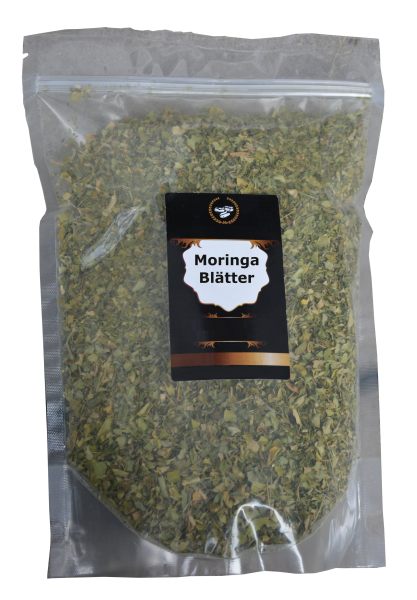Moringa leaves, 250g, lower blood pressure, a vital tonic for optimal supply with minerals, vitamins, trace elements, antioxidants, help lose weight, eliminate inflammatory processes in osteoarthritis, arthritis
Moringa leaves, 250g, lower blood pressure, a vital tonic for optimal supply with minerals, vitamins, trace elements, antioxidants, help lose weight, eliminate inflammatory processes in osteoarthritis, arthritis
- Product No.:
- 1026


